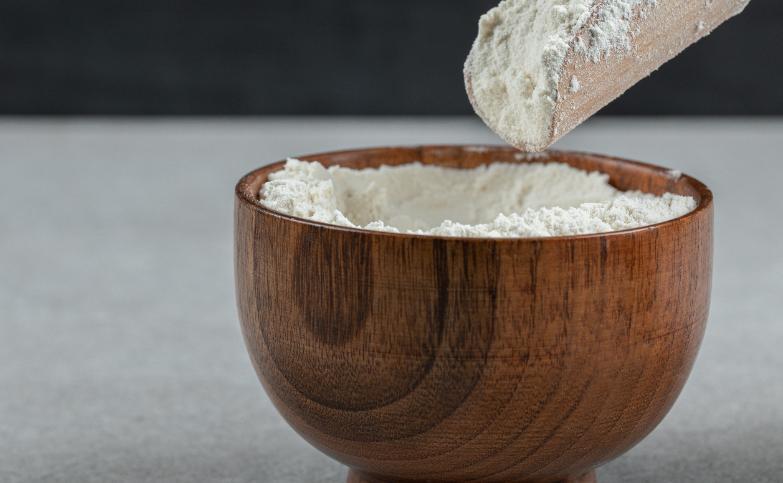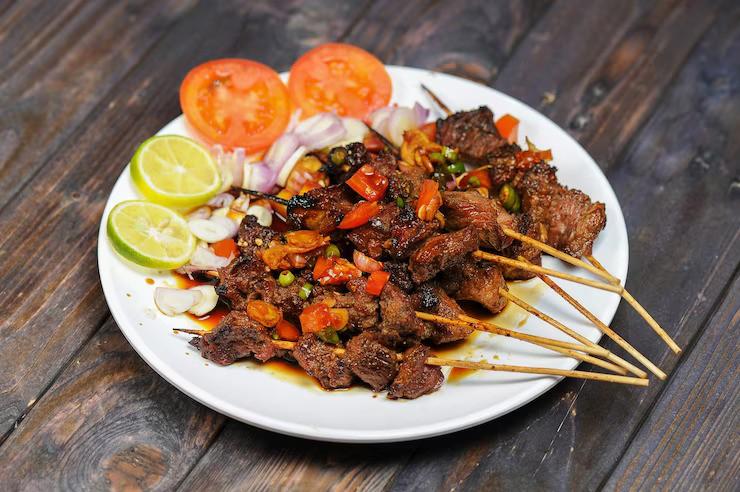Sago flour is a traditional food ingredient from Papua, derived from the starch of the sago palm (Metroxylon sagu). This flour has been a staple for Papuans for centuries due to its abundant availability in the region. In its processed form, sago flour is often served as papeda, a thick porridge typically enjoyed with yellow fish broth or meat.
Taste
Sago flour has a neutral flavor with a slightly natural aroma from the sago tree. When prepared as papeda, its taste largely depends on accompanying dishes like yellow fish broth or spicy rica-rica, creating a rich and authentic culinary experience.
Ingredients
Pure sago flour is made solely from the starch extracted from the trunk of the sago tree. To turn it into papeda, only hot water and a pinch of salt are needed. Simple yet nutritious, this dish reflects the deep connection between the people of Papua and their natural environment.
Philosophy
Sago flour is more than just food; it symbolizes life and unity for the people of Papua. The sago tree is considered a source of life because nearly all its parts can be utilized. The tradition of processing sago flour involves communal effort, reflecting the values of solidarity within Papuan culture.
Price Range
The price of sago flour varies depending on location and quality. In traditional markets across Papua, raw sago flour typically costs between IDR 10,000 and IDR 25,000 per kilogram. In some modern supermarkets, the price might be slightly higher depending on packaging and brand. Meanwhile, dishes like papeda served in restaurants are priced around IDR 30,000 to IDR 50,000 per serving.











